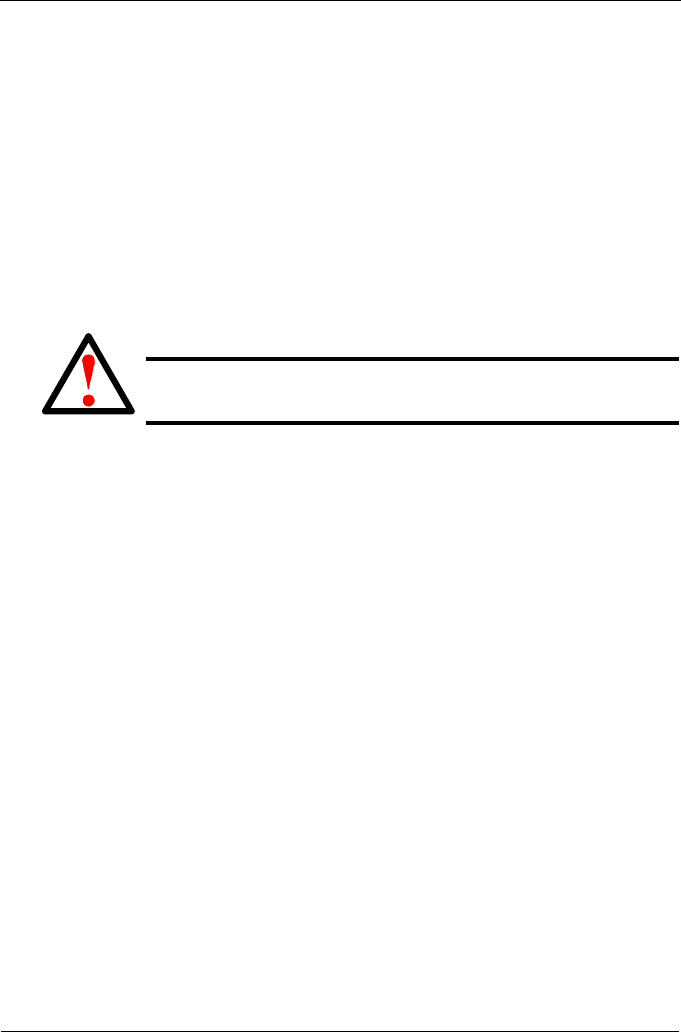
VTrak M310, M210p Product Manual
228
Critical & Offline Disk Arrays
A fault-tolerant disk array—RAID 1, 1E, 5, 6, 10, and 50—goes critical when a
disk drive is removed or fails. Due to the fault tolerance of the disk array, the data
is still available and online. However, once the disk array goes critical, the disk
array has lost its fault tolerance, and performance may be adversely affected.
If the fault was caused by a failed drive that was removed, the drive must be
replaced by another drive, either identical or larger, in order for the RAID system
to rebuild and restore optimal configuration.
If your fault-tolerant disk array—RAID 1, 1E, 5, 6, 10, and 50— goes offline,
contact Promise Technical Support. See “Contact Technical Support” on
page 239.
A non-fault tolerant disk array—RAID 0—goes offline when a disk drive is
removed or fails. Since the disk array is not fault tolerant, the data stored in the
disk array is no longer accessible.
If one disk drive fails, all of the data on the disk array is lost. You must replace the
failed drive. Then, if the disk array had more than one disk drive, delete the disk
array and re-create it. Restore the data from a backup source.
When a Disk Drive Fails
VTrak provides both audible and visual indicators to alert you of a disk drive
failure. The following will occur when a disk drive fails or goes offline:
• The Disk Array LED changes from green to amber. See page 204.
• The Disk Carrier Status LED changes from green to red. See page 205.
• The audible alarm repeatedly sounds two short beeps. See page 203.
• WebPAM PROe reports the condition. See page 210.
With a Hot Spare Drive
When a physical drive in a disk array fails and a spare drive of adequate capacity
is available, the disk array will begin to rebuild automatically using the spare
drive.
After the disk array rebuilds itself using the spare drive, you must replace the
failed drive.
Warning
Take no further corrective action until you have consulted with
Promise Technical Support.


















